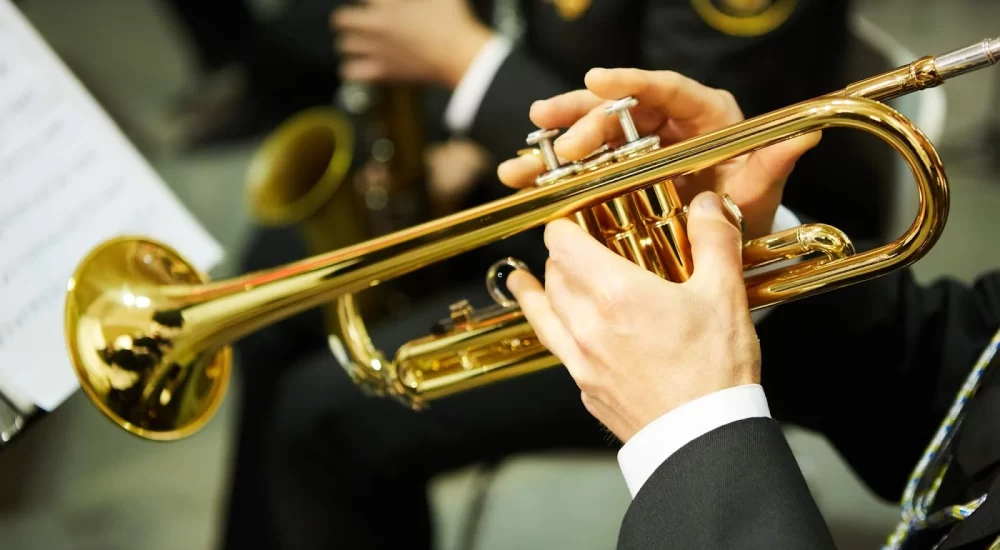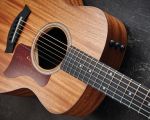
Choosing the Right Woodwind Instrument for Band Students
When you're starting out as a band student, selecting the right instrument can feel like a daunting task. As someone who was once in your shoes, I can tell you that the decision is crucial—not only for your learning experience but also for your overall enjoyment and success. Among all the instruments available, woodwind instruments are a popular choice for many band students. But which one should you choose? In this article, we’ll dive into some of the top woodwind instruments for band students, explore the best options for beginners, and provide tips to help you make an informed decision.
1. The Clarinet: A Versatile Starter
When I think about woodwind instruments, the clarinet always comes to mind as one of the most versatile and beginner-friendly choices. Many band students start their musical journey with a clarinet because it offers a smooth learning curve and a rich, full sound. If you’re new to the world of woodwind instruments, the clarinet is a great option. It comes in various sizes, from the Bb clarinet for beginners to the bass clarinet for advanced students.
The clarinet’s relatively easy-to-understand fingerings make it perfect for students to grasp fundamental music theory. When I first started playing the clarinet, I remember how excited I was to learn scales and simple melodies. The sound was so rewarding, and the instrument’s adaptability made it fun to experiment with different genres—from classical to jazz to contemporary music.
2. The Flute: Light and Airy
If you’re someone who enjoys playing high-pitched melodies and loves the idea of producing a light, airy sound, the flute might be the right woodwind instrument for you. The flute is often one of the first woodwind instruments chosen by band students because of its portability and unique sound. It doesn’t require a reed like the clarinet or saxophone, so the initial learning process might feel a bit different.
Flute players create sound by blowing air across the mouthpiece, which takes a bit of practice. When I first picked up the flute, I was fascinated by the precision and control required to produce a clean tone. It’s an instrument that demands breath control, which is a skill that improves over time. Flutes are also incredibly versatile, as they can play both very high and soft notes, as well as low and resonant ones.
3. The Saxophone: A Bold and Powerful Choice
The saxophone is often seen as the “cool” woodwind instrument, known for its bold and expressive sound. It’s the instrument I eventually switched to after playing the clarinet for a few years, and I can’t tell you how much fun it was to make that transition. The saxophone has a rich history in genres like jazz, blues, and even rock music, which makes it an exciting choice for students interested in exploring a wide range of musical styles.
Learning the saxophone requires a bit more physical strength and breath control than the flute or clarinet, but it’s an incredibly rewarding instrument to play. The key to success on the saxophone is mastering your embouchure—the way you position your mouth on the mouthpiece. Once you get the hang of it, the saxophone’s range of expressive sounds is unmatched. You can create smooth, mellow tones or blast out powerful, sharp notes. It’s a perfect choice for any band student who enjoys standing out in the ensemble.
4. The Bassoon: A Unique and Deep Sound
The bassoon isn’t as commonly chosen as other woodwind instruments, but it holds a special place in my heart for its deep, resonant sound. While it’s a more advanced instrument, I’ve known many band students who started on the bassoon after a few years of experience with other woodwinds. The bassoon’s sound is incredibly unique—rich, expressive, and often used in orchestral compositions to add depth and gravity to the music.
Though it might be more challenging for beginners, the bassoon is an excellent choice for students who are willing to dedicate themselves to learning a more complex instrument. Its large size and unique technique require great posture and precision, but it’s a rewarding experience once you get the hang of it. If you’re looking to stand out in your school band and have an affinity for low, mellow tones, the bassoon might be the right choice for you.
5. The Oboe: Elegant and Challenging
The oboe is another woodwind instrument that demands a high level of skill, but it’s one that can yield beautiful, expressive results. I’ve always admired the oboe for its distinct, penetrating sound. It’s often used in orchestras and smaller ensembles, playing a pivotal role in the overall texture of the music.
When I tried the oboe, I quickly learned that it’s not an instrument that should be rushed into. The double-reed design of the oboe can be difficult for beginners, and the embouchure requires a great deal of finesse. However, once you’ve mastered the oboe, there’s nothing like the powerful, emotional quality it brings to any piece of music. If you’re up for a challenge and are interested in playing a solo instrument with a highly distinctive tone, the oboe is definitely worth considering.
Tips for Band Students Choosing Woodwind Instruments
Choosing the right woodwind instrument isn’t just about what sounds good—it’s about what feels right for you. Here are a few things to keep in mind when selecting an instrument:
- Consider your musical goals: Do you want to play in a symphonic band, a jazz ensemble, or perhaps a solo career? Different instruments shine in different genres, so it’s essential to think about where you want to go musically.
- Think about your physical attributes: Some woodwind instruments, like the bassoon and oboe, require a bit more physical strength and breath control. Others, like the flute, are more lightweight and easier to hold. Make sure you choose an instrument that fits comfortably in your hands.
- Be patient and persistent: Learning any instrument takes time, and woodwinds are no exception. You might not sound perfect right away, but persistence will lead to improvement.
- Talk to your band director: Your band director can provide valuable insights into which woodwind instruments are best suited for your skill level and goals. Don’t hesitate to ask for guidance!
Ultimately, the best woodwind instrument for you is the one that you’re excited to play. Whether you go with the classic clarinet, the bold saxophone, or the elegant oboe, there’s no wrong choice as long as it inspires you to practice and grow as a musician. Happy playing!








